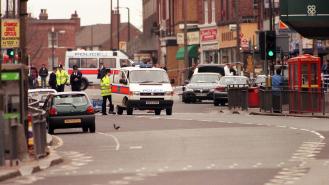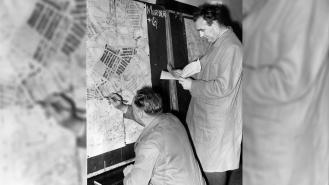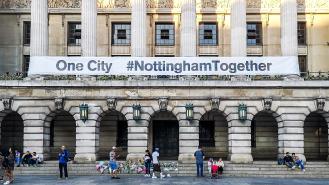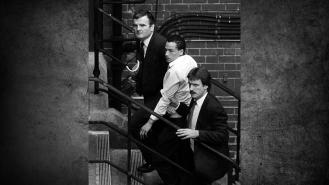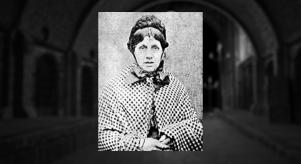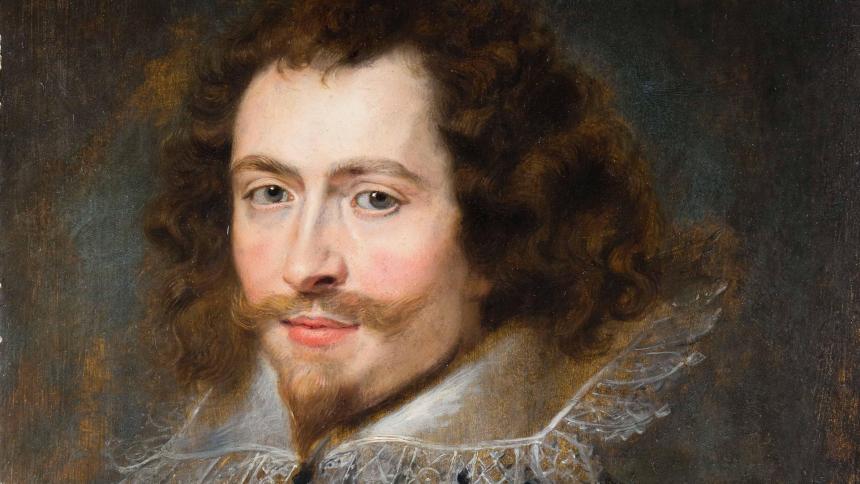
6 famous British historical murder victims
Murder has certainly claimed more than its fair share of British history. Some of the most shocking cases still capture our imagination today, despite unfolding centuries ago.
1. Thomas Becket - 1170
Ever heard the phrase, 'Will no one rid me of this turbulent priest?' It’s the infamous line King Henry II allegedly muttered about Thomas Becket, the Archbishop of Canterbury. Little did he know (or perhaps he did), his grumblings would set off one of the most infamous murders in British history.
Becket and Henry had once been close allies. But their friendship soured when Becket began asserting the power of the Church over the Crown. In December 1170, four knights stormed Canterbury Cathedral, claiming to have interpreted the king’s complaint as an order. They found Becket at the altar and brutally killed him in front of horrified witnesses.
What King Henry II didn’t expect was public uproar. Becket’s death sparked outrage across Europe. Pilgrims flocked to Canterbury to mourn the archbishop. Even the King himself was forced to do penance. If social media had existed, the murder would likely have gained the same traction as cases like the Phillip Schofield trial. The murder essentially turned him into a martyr.
2. George Villiers, 1st Duke of Buckingham - 1628
Everyday people have best friends but European royals have favourites. George Villiers was the latter and most trusted companion of King Charles I. His status saw him gain immense power and wealth. But his arrogance and political failures made him deeply unpopular with the masses. It was this universal hatred that led to his eventual murder.
In August 1628, a disgruntled soldier named John Felton stabbed Villiers to death in Portsmouth. His motive? Felton claimed Villiers was to blame for England’s military disasters and general mismanagement. Public reactions were mixed. Some Brits celebrated the assassination. Others mourned the loss of the King’s closest confidant.
Political assassinations are still rampant today, with victims like Sir David Amess, Jo Cox and Ian Gow meeting the same end.
3. Christopher Marlowe - 1593
The murder of playwright and poet Christopher Marlowe rocked Elizabethan England. He was one of the brightest wordsmiths of the era and known for works like Doctor Faustus, Tamburlaine and The Jew of Malta.
At the age of just 29 he was fatally stabbed at the Deptford tavern, supposedly after a fight over a bill escalated. It’s the same fate that befell OJ Simpson’s wife.
Conspiracy theories still swirl around the case. Some say he was assassinated for his political or religious views. Others say he was murdered because of his role as a spy. Whatever the truth, Marlowe’s death robbed the world of a literary genius and remains one of history’s great 'what ifs'.
4. Edward II - 1327
Edward II’s reign was marked by scandal and his death was likely more controversial than anything else. After being deposed by his wife, Queen Isabella, and her lover, Roger Mortimer, Edward was locked up in Berkeley Castle.
What exactly happened next is up for debate. One thing is certain though - Edward didn’t make it out alive. The most gruesome theory is that he was killed with a red-hot poker. In many ways, Edward could be considered a victim of domestic violence, a theme explored in Unbreakable.
5. Amy Robsart - 1560
Amy Robsart’s death has all the hallmarks of a Tudor mystery. She was married to Robert Dudley, a favourite of Queen Elizabeth I. At just 28 Amy was found dead at the foot of a staircase. Her death was officially ruled an accident, but it raised more than a few eyebrows. It’s a drama-fuelled story that wouldn’t look out of place in shows like Courtroom Drama.
Was it really an accident, or had Dudley orchestrated her murder to clear the way for a marriage to Elizabeth?
6. Henry Darnley - 1567
Henry Darnley was the second husband of Mary, Queen of Scots. Being married to ‘Bloody Mary’ was no easy task and didn’t end well for Henry. 10th February 1567, was his last day alive. An explosion destroyed the house where Darnley was staying. The twist? His body was found in the garden, not in the house. The cause of death was strangulation, not injuries from the blast.
Suspicion immediately fell on Mary and the Earl of Bothwell, who went on to become her husband. Whether they were involved or not, the murder sent shockwaves across Scotland and contributed to Mary’s eventual downfall.
Murder and the fragility of power
It’s not the violence alone that makes these murders so fascinating. It’s the stories behind them. These deaths weren’t random. They were shaped by ambition, betrayal and the dangerous dance of power.
